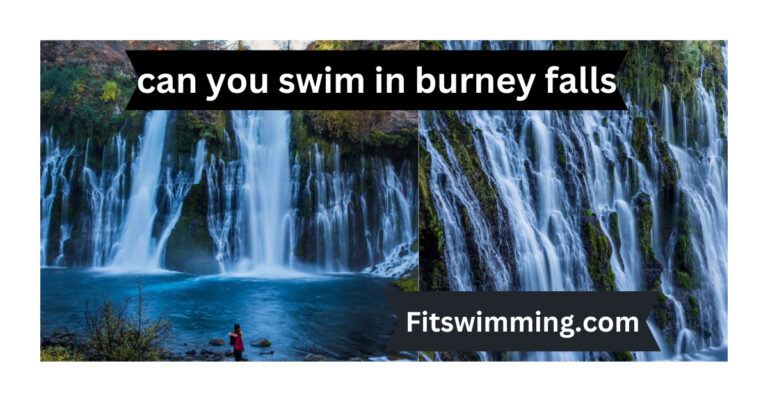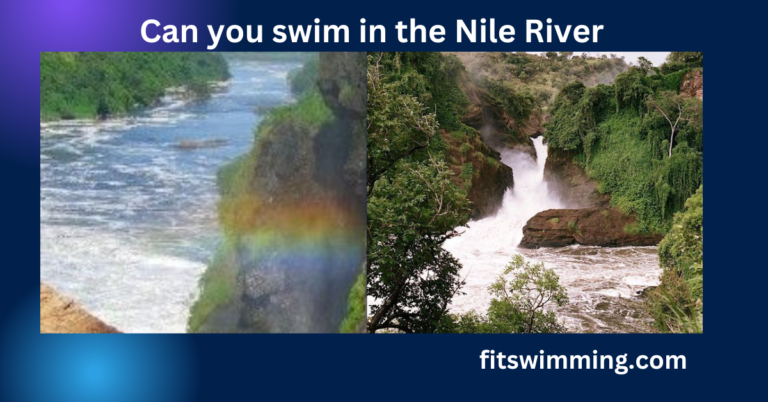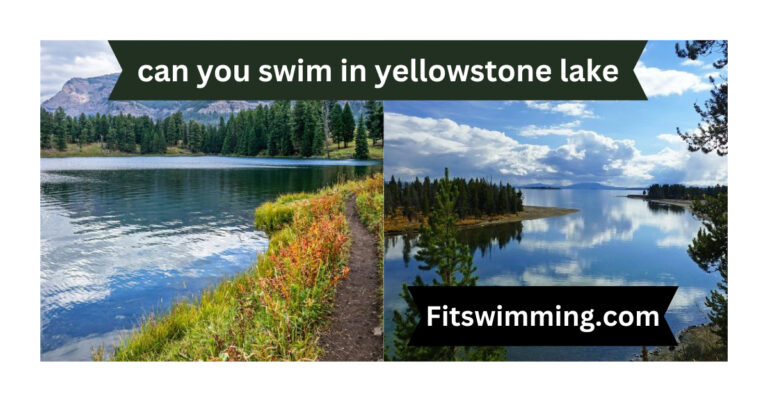Can You Swim in Niagara Falls? The Dangers
Niagara Falls is one of the most attractive natural phenomena in the world. It attracts visitors from the whole world. The question often arises in people’s minds Can you swim in Niagara Falls? In this blog, we will discuss what Niagara Falls is and what the two specific places where we can swim are. Also, we will have a look at the dangers associated with swimming in Niagara Falls and what happened when Niagara Falls stopped.
What is Niagara Falls?
Niagara Falls is situated on the Niagara River, forming the border between the United States and Canada. It consists of three falls: Horseshoe Falls (the biggest and most famous), American Falls, and Bridal Veil Falls. The falls are famous for their impressive power and breathtaking beauty, drawing millions of visitors every year.
Discoveries Made during the Stoppage of Niagara Falls in 1969
During the period when the water was stopped, workers discovered two major geological structures. The first was a large amount of loose rock at the falls. It was removed to prevent future rockslides and protect visitors to the area. The second was the leftovers of an ancient waterfall, estimated to be more than 20,000 years old.

Can You Swim in Niagara Falls?
Swimming in Niagara Falls is generally not allowed due to the many dangers associated with the stormy and fast-moving waters of the Niagara River. There may be a strong current, and the rocky landscape surrounding the falls can pose a severe risk of injury to swimmers.
Due to the physical dangers, there are legal restrictions on swimming in certain areas around Niagara Falls. The laws and regulations are in place to protect visitors from harm and preserve the natural beauty of the site. It imposes fines on violators.
There are many other ways to experience the natural phenomenon of the falls. Such as taking a boat tour or hiking along the nearby trails. It is important to respect the laws and regulations in place to ensure visitors can safely enjoy the beauty of Niagara Falls.
Let’s discuss two ways to swim in Niagara Falls.
2 Places to Swim in Niagara Fall
There are two nearby locations where visitors can safely swim and enjoy the water in the Niagara Falls area:
Niagara Glen Nature Reserve
Niagara Glen is located about 10 minutes north of the falls. Naturally, it is a reserve with hiking trails and picnic areas. It is a natural pool where visitors can swim in the Niagara River. The pool is located in a calm area of the river. It is a beloved place for locals and visitors to cool down during hot summer days.
Lake Erie Beaches
A short drive south of Niagara Falls, visitors can find several beaches along the shores of Lake Erie. Which includes Crystal Beach, Sunset Beach, and Long Beach. These beaches offer calm and clear waters for swimming and sunbathing. This it makes a popular destination for families and beachgoers.
How Deep is Niagara Falls?
Niagara Falls is not a deep waterfall but rather a series of cascading waterfalls that drop from a height of about 167 feet (51 meters). The water depth of the falls can vary depending on the water flow and other and other factors. It is typically only a few feet deep. The water in the Niagara River below the falls can be much deeper, reaching depths of up to 170 feet (52 meters) in some areas. It is important to note that while the water at the base of the falls may not be deep, it is still highly stormy and fast-moving. Which can pose a major risk to swimmers or anyone who enters the water.
Dangers of Swimming in Niagara Falls
Swimming in Niagara Falls can be extremely dangerous due to the following reasons:
Strong currents:
The water in Niagara Falls is considered by powerful and fast-moving currents. It can quickly sweep away even experienced swimmers. The winds can push swimmers towards the falls or other hazardous areas, putting them at risk of injury or death.
Underwater hazards:
The Niagara River is home to various underwater hazards, including sharp rocks, and turbulent currents which can pose a risk to swimmers.
Cold water:
The water in the Niagara River is extremely cold in the summer season. Staying in cold water for a long time can lead to hypothermia, which is a serious condition that can be life-threatening.
Legal restrictions:
Swimming in Niagara Falls is generally not allowed due to the many dangers of the area. Violators of the law can face fines and legal action.
Risk of injury
The rocky landscape surrounding Niagara Falls can pose a severe risk of injury to swimmers who attempt to climb or navigate the rocky terrain.
Can You Drink Niagara Falls Water?
The water in the Niagara River contains a variety of natural and man-made contaminants, including bacteria, viruses, and chemicals, that can harm human health. Avoid drinking water from Niagara Falls and the Niagara River. Instead obtain safe drinking water from a reliable source, such as bottled or treated tap water. Now we will move to the next article to see the pros and cons of Baltic Sea swimming.
Conclusion: Can You Swim in Niagara Falls:
In conclusion, Swimming in Niagara Falls is very dangerous and should not be taken lightly. The powerful currents, whirlpools, hidden hazards, and the sheer force of the falls make it an extremely risky endeavor. It is crucial to prioritize safety and admire the beauty of Niagara Falls from a safe distance.
FAQ’s
Niagara Falls is a freshwater waterfall, as it is fed by the freshwater of the Niagara River.
There is no specific pool at the base of Niagara Falls. The falls drop from a height of about 167 feet (51 meters) into the Niagara River, which varies in depth depending on the location and water flow. The depth of the Niagara River below the falls can range from a few feet to over 170 feet (52 meters) in some areas.
Niagara Falls is a natural marvel and not artificially created by humans. The falls were created by the movement of glaciers during the last ice age and are a result of the erosion of the Niagara River over thousands of years.
Swimming in the Niagara River is strongly discouraged due to the many dangers in the area. The river has fast-moving currents, rocky areas, and deep drop-offs and is known for its unpredictable and dangerous water conditions.
Niagara Falls is situated on the border between Canada and the United States. The Horseshoe Falls are mostly on the Canadian side, while the American Falls are entirely on the American side.







